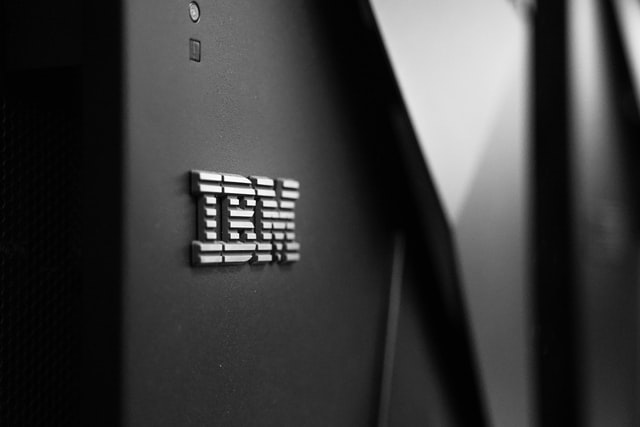How can IBM i applications be updated to meet ever-changing enterprise user experience and extensibility expectations? Because of binary compatibility, much of the platform’s software still executes code from the 1990s, which is understandable, but the traditional “green screen” is no longer cutting-edge
As a result, businesses are looking to upgrade IBM i applications with backends, frontends, and controllers that are more responsive to mobile and web devices. Fortunately, there are numerous tools for renewing code and user interfaces, some of which are even included with the latest versions of IBM i.
Furthermore, it’s now easier than ever for businesses to leverage high-level languages like Java, Perl, and Ruby to enhance the functionality of their software, allowing them to keep their tried-and-true backend operations while upgrading the frontend look and feel.
Why Modernize Applications?
Businesses require software that is accessible 24 hours a day, seven days a week. They’ve devoted special attention to mobile devices in order to achieve this goal. Smartphones and tablets have upped the standard in terms of user experience, allowing high-quality access to data and applications at any time and from any location.
With the goal of making IBM I applications fit seamlessly into ecosystems increasingly characterised by software-as-a-service and new development frameworks, businesses are looking to exploit these endpoints and extend IT services outside the conventional limits of the enterprise.
On a technological level, this push for modernisation frequently comprises the reorganisation of applications into modular, reusable components that may connect with other technologies easily. Traditional products, for example, are often designed using an “everything in there” approach, in which business processes are tightly interwoven with applications and proprietary interfaces limit reuse.
Also Read: Best Practices for IT Modernization Success
Modernization, which stakeholders should consider even when a programme is at version 1.0, takes a different approach, making software more flexible and adaptable to business requirements. It provides a multitude of benefits, including:
- Improved user experiences – instead of the green screen, straightforward graphical interfaces are used, which appeals to a younger workforce.
- Modularization replaces the monolithic legacy code that still exists in many IBM I applications with more flexible code.
- Modern database design— some databases were built in the 1980s and haven’t been optimised since.
- New languages and frameworks can be added to enhance existing ones like RPG and COBOL, resulting in a more productive programming environment.
The last advantage is notable because, with these newer technologies, development teams can re-architect programmes to better target a certain demographic.
A modern IBM I application, for example, often consists of a backend business logic written in a variety of conventional IBM I languages (RPG, CL, SQL), a controller written in an object-oriented language like Ruby or Python, and a frontend with graphics and charts.
Know why you need to modernise IBM I systems.
Tools To Improve IBM I Applications
There are certain specific tools that IBM I developers can use to modernise their processes in addition to these broad new paradigms for building applications. Some of these features, such as the open-source Zend solutions, are included with certain IBM I versions:
- Rational Developer for i is a graphical user interface that helps programmers be more productive.
- User interfaces can be modified with Rational Open Access RPG Edition. The contents of an I/O buffer can be split into an external programme, changing the appearance of the application and allowing for better technology communication.
- IBM I versions 7.1, 6.1, and 5.4 come pre-installed with Zend Server Community Edition for i. Zend DBi is a MySQL implementation for IBM I and Zend Studio for I is a development environment based on Eclipse.
- On IBM i JTOpenLite provides Java frontends. As a result, mobile devices can access files and call IBM I apps.
There are a variety of other tools available to assist with IBM I application modernization, but the end effect is the same: these tools enable you to verify that your software is providing as much business value as possible while still being relevant in the age of mobile devices and the web.





